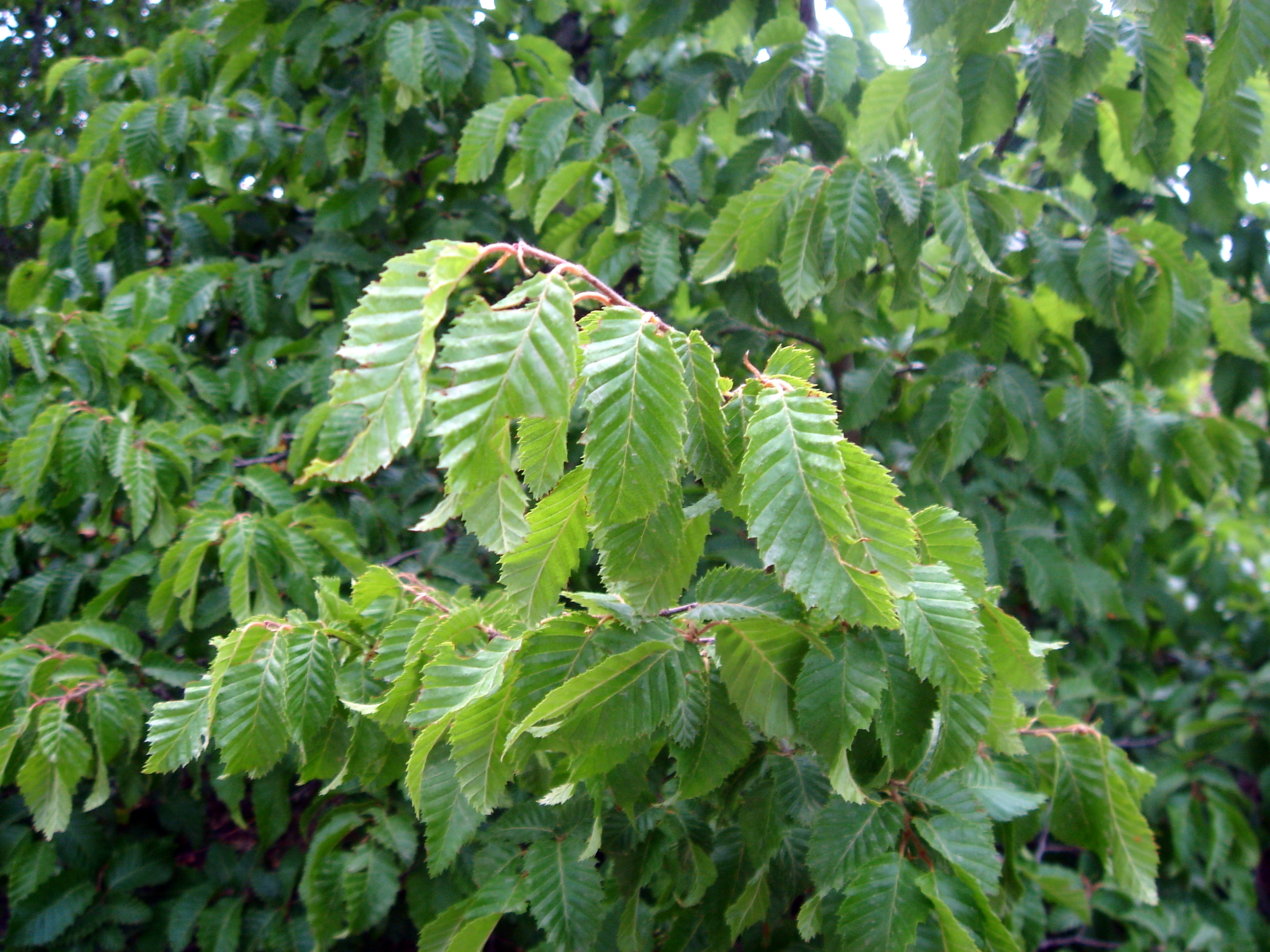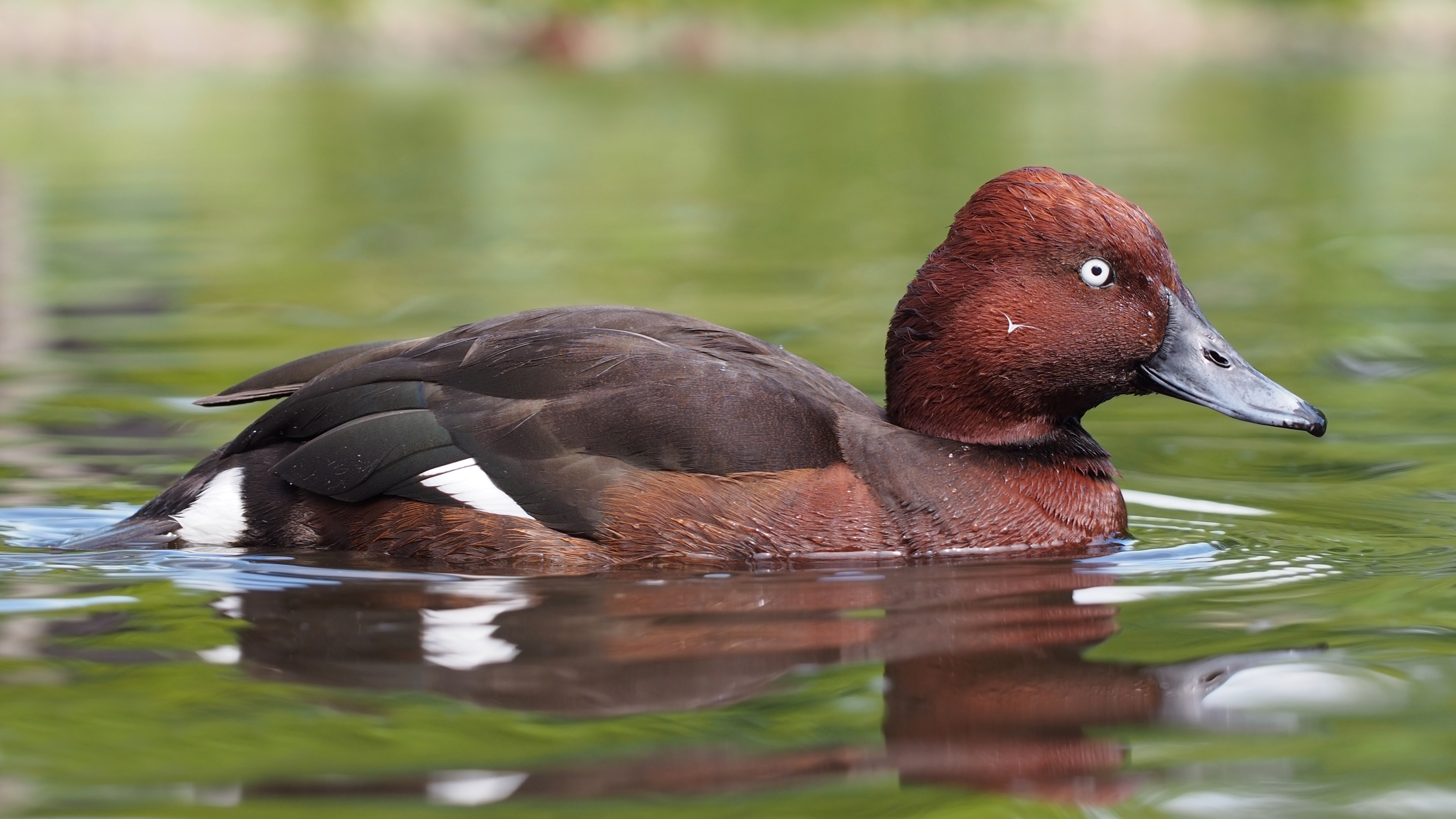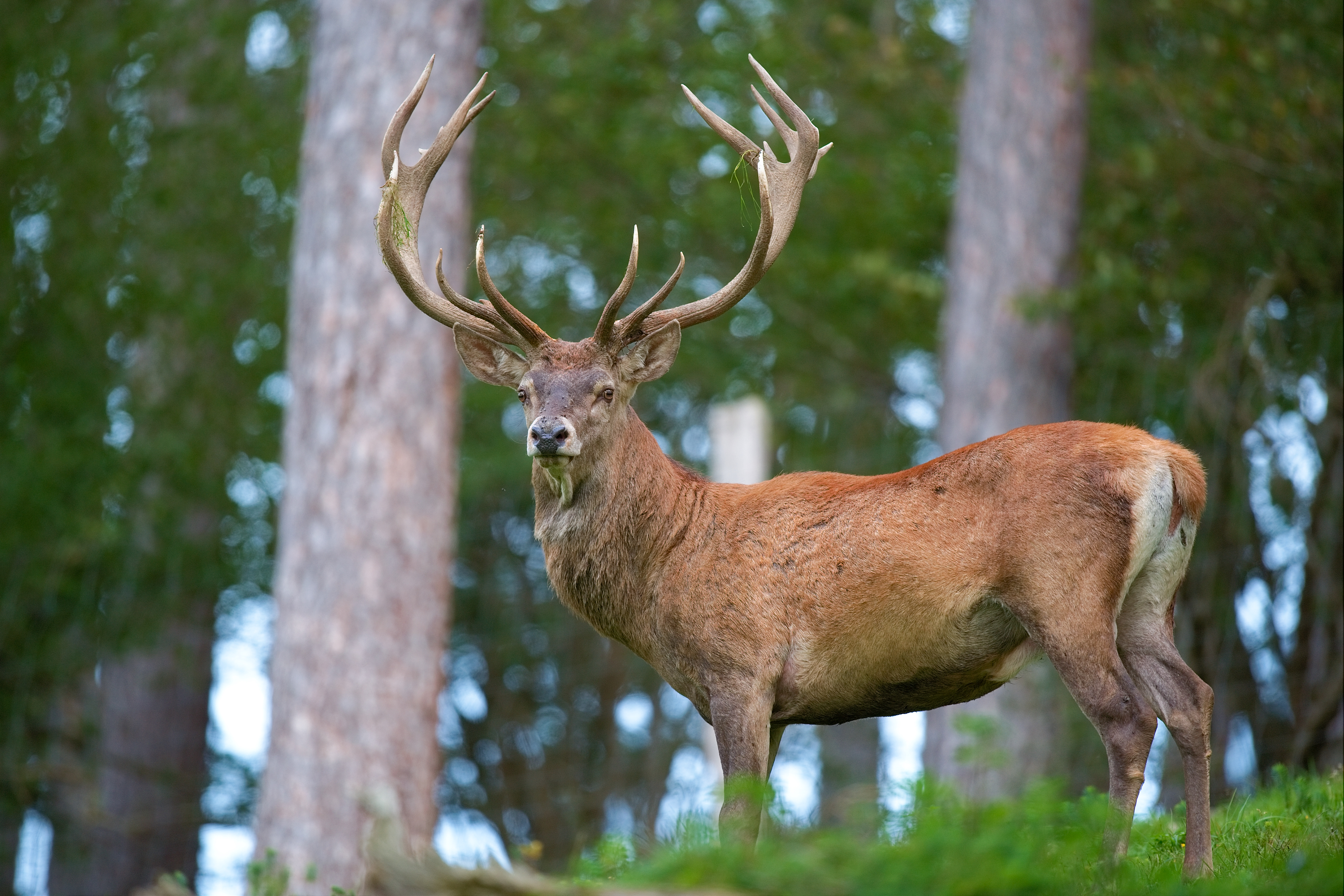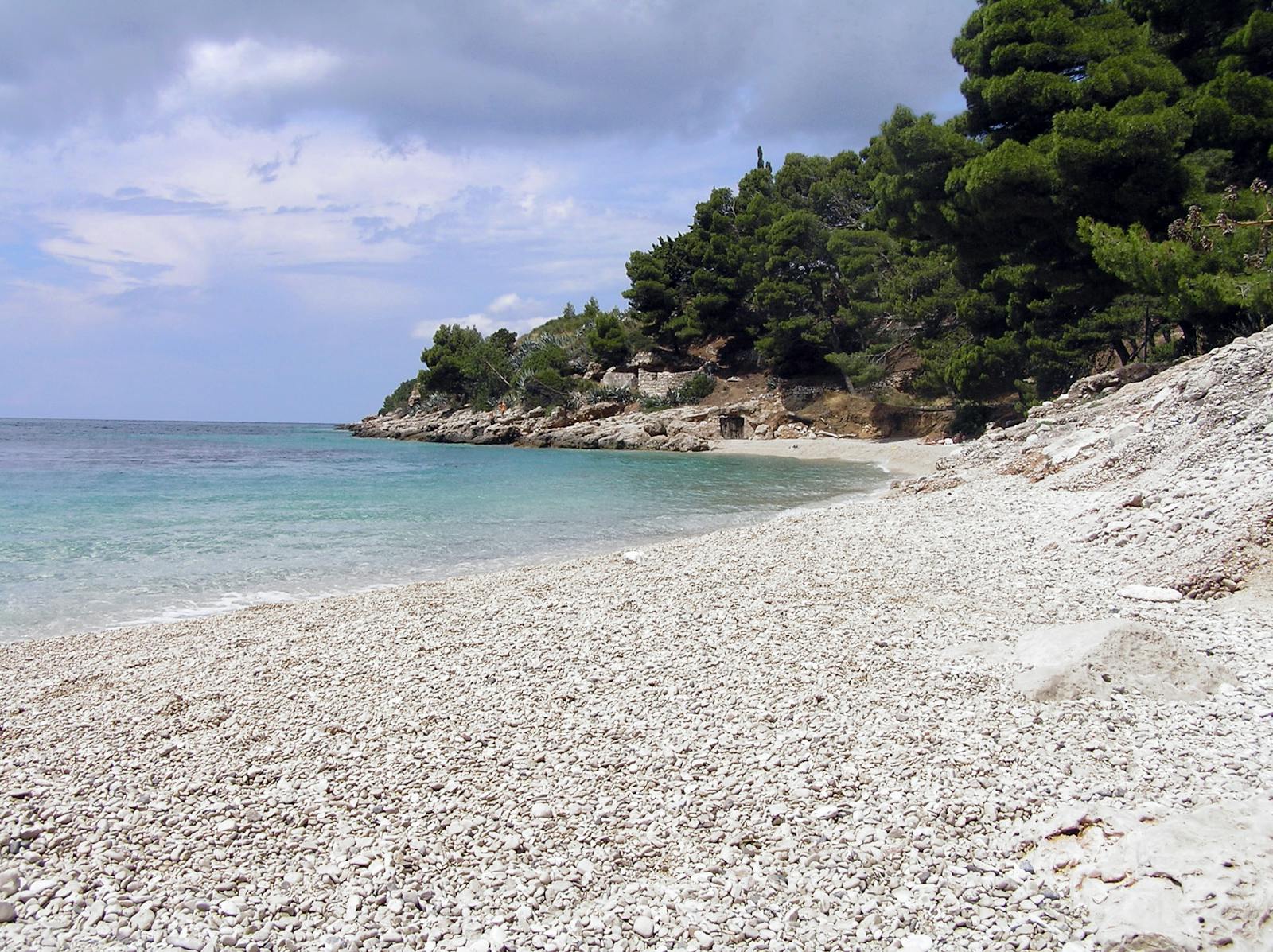Illyrian Deciduous Forests
The ecoregion’s land area is provided in units of 1,000 hectares. The conservation target is the Global Safety Net (GSN1) area for the given ecoregion. The protection level indicates the percentage of the GSN goal that is currently protected on a scale of 0-10. N/A means data is not available at this time.
Bioregion: Adriatic Sea & Central Mediterranean Mixed Forests (PA19)
Realm: Western Eurasia
Ecoregion Size (1000 ha):
4,067
Ecoregion ID:
794
Conservation Target:
27%
Protection Level:
8
States: Albania, Croatia, Greece, Bosnia and Herzegovina, Montenegro, Slovenia, Italy
For most, the eastern Adriatic Coastline is seen as a mixture of white beaches, sapphire waters, and lush deciduous forests. Often forgotten is the life hidden beneath the surface. The ecoregion has an outstanding underground fauna associated with aquatic habitats of the karst systems including abundant numbers of endemic fish species of genus Paraphoxinus. And in the cave ceilings, you can find bats nesting of Kolombatovic’s long-eared bat and the Mountain long-eared bat. Above ground, tall forests prevail throughout the mountain ranges and until recently, they remained pristine and untouched.

The flagship species of the Illyrian Deciduous Forests ecoregion is the Degenia velebitica. Image credit: Creative Commons
The Illyrian Deciduous Forests extend all along the coastal ranges of the Eastern Adriatic coast, from the eastern Alps in northern Italy to the northern Ionian coast between Albania and Greece. The ecoregion is flanked to the East by the Dinaric and Pindus mountains. There is an average annual precipitation of 1,500–2,000 mm, which can locally exceed 3,000 mm. Snow falls frequently during winter, and January average temperatures are below freezing (from -10°C to 0°C). Average temperatures in July are between 15 and 20°C.
The coastal slopes are characterized by a remarkably high diversity of deciduous oak species (Hungarian oak, downy oak, Austrian oak) and other deciduous broadleaf species (Oriental hornbeam and sweet chestnut). Evergreen trees, mainly holm oak and Aleppo pine, and maquis shrubs become predominant at the lower altitudes near the coast. Wetland habitats commonly occur in the lowlands and along the coast.

Carpinus orientalis. Image credit: Creative Commons
The endemism rate of the ecoregion’s flora is between 10–20% and is particularly high on coastal mountains, including Orjen and Lovcen. Notable among the endemic and relict species are Degenia velebitica, Primula kitaibeliana, and Symphyandra hofmannii. Faunal diversity is high, and a number of Important Bird Areas and threatened Species of European Conservation Concern are found within the region, including Audonii’s gull and Eleonora falcon. Coastal wetlands, river deltas and alluvial forests are significant breeding, migration, and wintering sites for European waterbirds.
In particular, Skadar Lake, bordering Albania and Montenegro, is one of the most important wetlands in the region. There are 280 bird species including the Dalmatian pelican, black ibis, small white storks, gray stork, ferruginous duck, white-tailed eagle, great cormorant, pygmy cormorant, and whiskered tern.

Ferruginous duck. Image credit: Francis Franklin, Creative Commons
The region is also inhabited by mammals including the water otter and the rare endemic Dinaric mouse. Large carnivores such as brown bear, lynx, and wolf, as well as large herbivores like roe deer, red deer, and chamois, maintain significant populations in the mountain ranges. The coastal zone of Montenegro, with the inland Skadar Lake and Lovcen mountain, are the most important centers of diversity of reptiles and amphibians in the Balkans and in Europe. The Caspian terrapin, endangered Green turtle, endangered Albanian water frog and endemic sharp-snouted Rock lizard endemic to East Adriatic are amongst those found here.
A significant number of pristine large forest stands remained quite untouched until the Balkan conflicts, when there was rapid and intense forest degradation in the form of illegal logging, pollution, and fire. Overexploitation of forests is still ongoing in certain areas. Much of the remaining forests and wetlands in this ecoregion can be found in protected areas including: Aree Carsiche della Venezia Giulia in Italy, Kras Special Protection Area in Slovenia, Krka i okolni plato special protection area in Croatia, Livanjsko Polje in Bosnia, Karavasta Lagoon ramsar site in Albania, and Evryteri Periochi Polis Ioanninon special protection area in Greece.

Red deer. Image credit: Creative Commons
Human impact remains high in this ecoregion, where illegal logging, illegal hunting especially of migratory birds, and uncontrolled plant harvesting have already destroyed extensive forest areas, including those within certain protected areas. Coastal regions are under intense pressure from tourism, urban and infrastructure development, and land conversion and the associated discharge of polluted wastewater. Hydropower facilities are disrupting the regions hydrology, negatively impacting species and habitats reliant on the water table. Additionally, future threats come from plans for offshore drilling of oil and gas in the Adriatic Sea.
The priority conservation actions for the next decade will be to: 1) establish additional coastal and marine protected areas; 2) advocate for sustainable hydropower; and 3) develop new value chains for non-timber forest products that bring benefits to local communities whilst addressing the threat of unregulated collection of specimens and products from the wild.
Citations
- Montenegro Ministry of Sustainable Development and Tourism. 2015. National Biodiversity Strategy and Action Plan for the period 2016 – 2020. [Online]. [Accessed 11 April 2019]. Available from: https://www.cbd.int/doc/world/me/me-nbsap-v2-en.pdf
- Albania Ministry of Environment. 2015. Document of Strategic Policies for the Protection of Biodiversity in Albania. [Online]. [Accessed 11 April 2019]. Available from: https://www.cbd.int/doc/world/al/al-nbsap-v2-en.pdf
- State Institute for Nature Protection, Ministry of Culture. 2006. Biodiversity of Croatia. . [Online]. [Accessed 11 April 2019]. Available from: https://www.vusz.hr/Cms_Data/Contents/VSZ/Folders/dokumenti/javanustanovazaupravljanjezasticenimprirodnimvrijednostima/arhiva/~contents/E7X2RXYGCTUYPPPN/2011-3-21-58011335-biodiversityofcroatia.pdf


.png?auto=compress%2Cformat&w=300)

